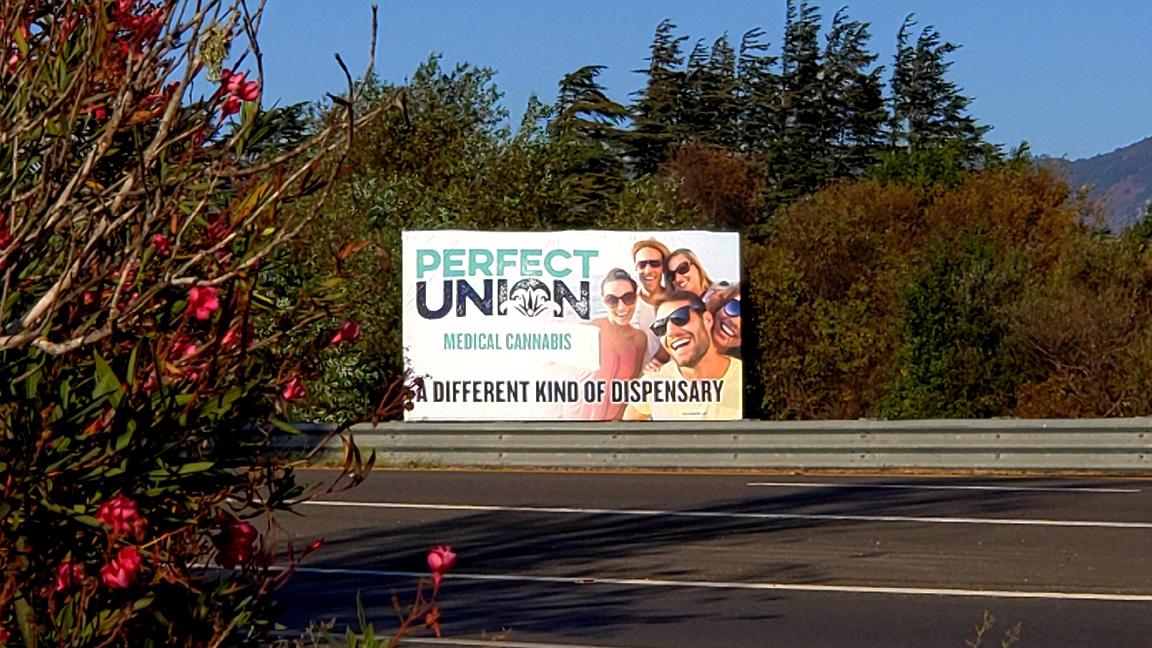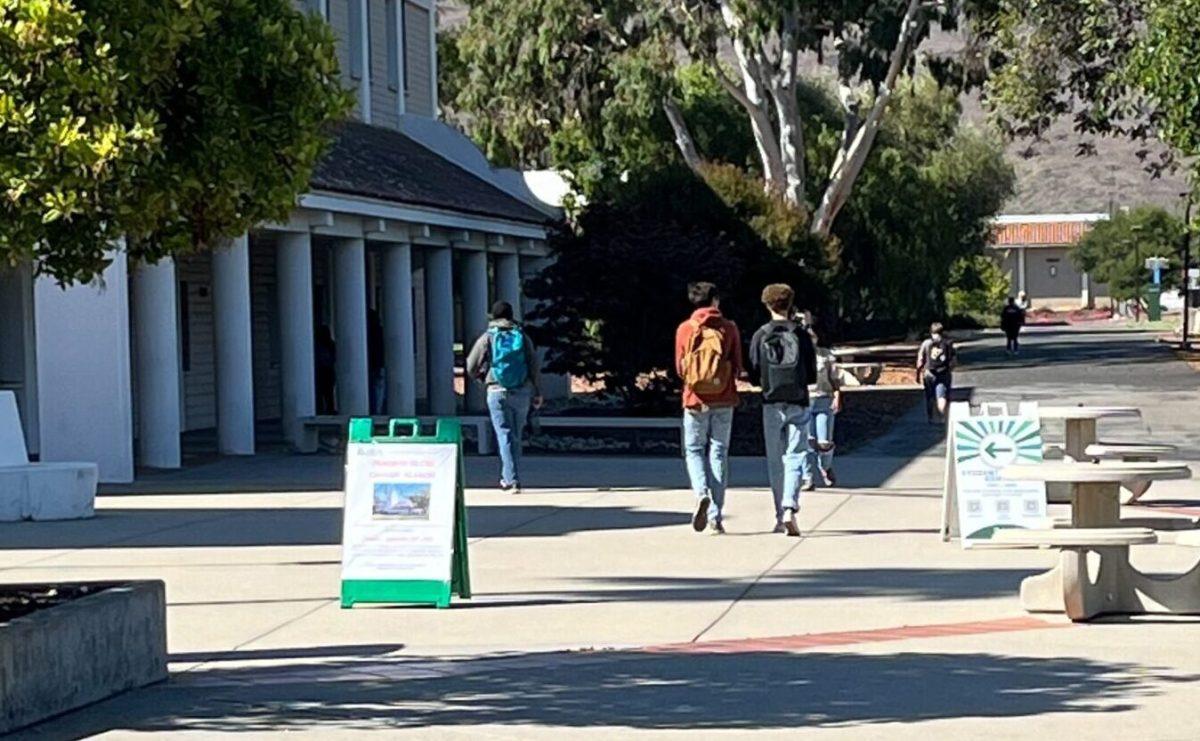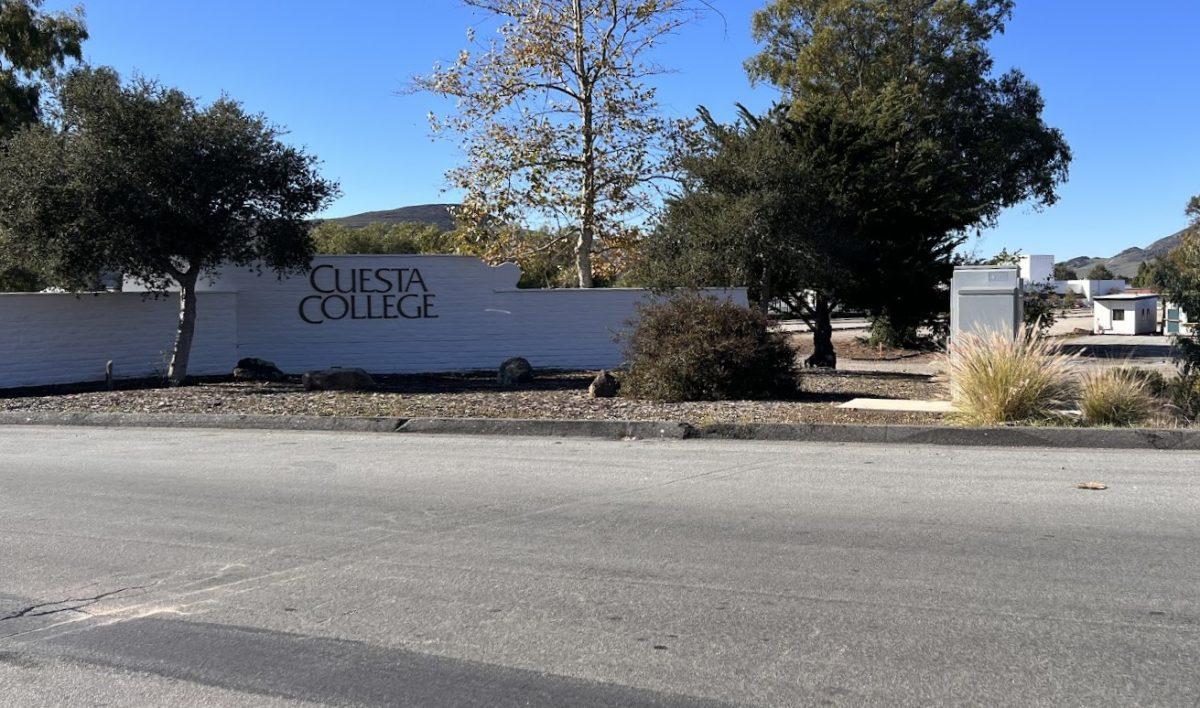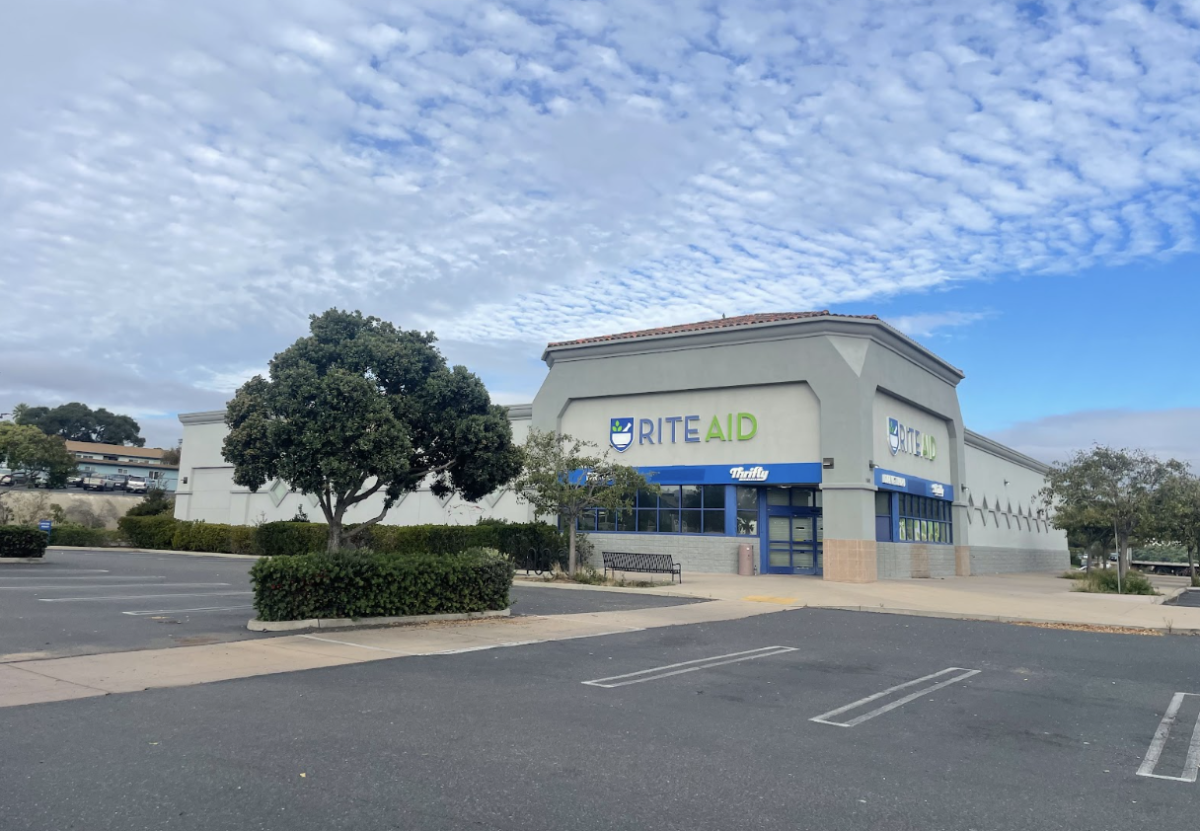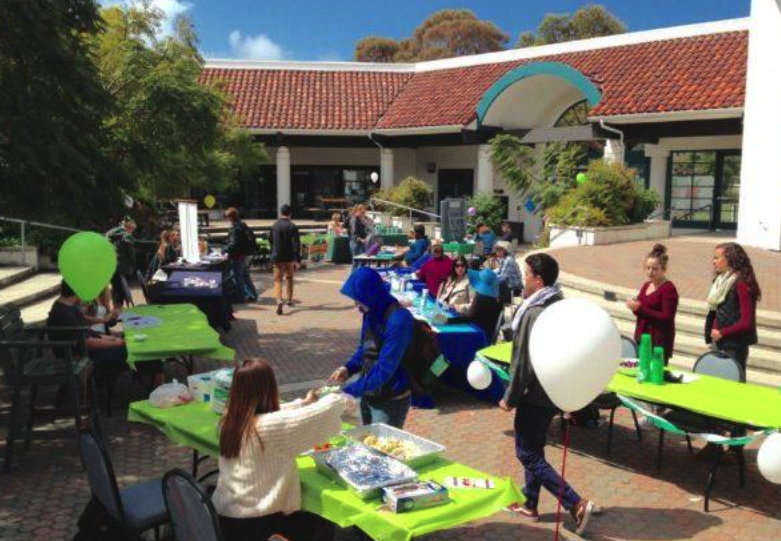San Luis Obispo is entering the cannabis dispensary market. Â
After the passing of California’s Proposition 64, the statewide legalization of recreational cannabis, San Luis Obispo is issuing a limited amount of permits to interested businesses.Â
Storefront dispensaries that sell cannabis and are allowed to cultivate the product may be opening in San Luis Obispo soon. The city may see their profit margins increase similar to the earnings generated by Grover Beach’s dispensaries, which generated nearly a million dollars of tax revenue.Â
California passed the legalization of recreational marijuana in November 2016, with the legislation taking effect in January 2018. The recreational marijuana industry has been growing rapidly in California, with various communities throughout San Luis Obispo County starting to express interest. Two other cities, Morro Bay and Grover Beach, have already established several cannabis retail store fronts or cannabis delivery services, and the city of San Luis Obispo is continuing in their footsteps.
Grover Beach is receiving nearly a million dollars in tax revenue from the operating dispensaries. The city is using the revenue to upgrade their local parks and public services, such as fire and police protection. San Luis Obispo would like to see the same benefits happen to their city, but it may initially start off at a slower pace.
Once known as a gateway drug, cannabis has found its place in today’s society through recreational and medicinal dispensaries that are being managed by local businesses and city governments. Charlene Rosales, Economic Development Manager of San Luis Obispo, is excited to begin this new adventure into the cannabis industry, but confesses that they are just getting their feet wet in a commercial enterprise that is new to everyone involved. Rosales anticipates the cannabis industry to gain both in customer potential and tax revenue.Â
The application process that began January 2019 has reviewed over 11 applicants. Eight of those are retail storefronts, two are businesses that would provide cannabis delivery to your door, and one is a micro business for cultivation. Â
“We expect to receive a significant amount of revenue generated from these businesses,†Rosales said. “While we have rolled out a more conservative approach to the number of permits we are first allowing, we’ll be able to evaluate this more within the next year, and see how the businesses are doing and what the tax revenue is from them, what the application revenue is and be able to adjust our budget accordingly. But, we do anticipate a significant amount of new tax revenue through the cannabis businesses.â€
After San Luis Obispo scored and ranked the applicants, three contingent operator permits were issued for retail storefronts, two contingent operator permits were issued for a delivery service, and one permit was issued for a microbusiness whose primary purpose is the cultivation of marijuana. The city anticipates one delivery service will be open in the month of November, with a retail store front opening their doors in the first quarter of 2020.
Federal law declares that the use, sale, or distribution of marijuana is illegal. Under the Controlled Substances Act (CSA), marijuana is a Schedule I controlled substance and is categorized with drugs like heroin and cocaine. Despite 57% of California voters supporting the legalization of recreational marijuana, state and local governments in California are still concerned about two important components from the passing of Proposition 64.Â
First is the state legalization that allows for the possession, cultivation, and use of marijuana for personal use. Second was legislation passed on Jan. 1, 2018, allowing for the sale and taxation of recreational marijuana. Â
“Following the passage locally and statewide of Prop. 64, it gave local jurisdictions the authority to determine how businesses would operate,†Rosales said. “As part of that, we had some land use planning to do, defining where cannabis-based businesses could go in the city. So what we determined are some main arteries such as South Higuera or Broad Street. Places where we feel would support consumers to have access to these businesses easily.â€

The City Council of San Luis Obispo adopted a cannabis overlay zone to buffer certain areas like schools and residential areas from storefront locations.
“We determined that we don’t want them in the downtown core,†Rosales said. “We chose some different areas that are in need of revitalization. This is an important step in the application process and the businesses are planning on making a significant contribution and commitment in making vast improvements to the storefronts, landscaping and parking, whatever form that may look like. The public sector will benefit, as well.â€
Rosales said the process of developing the policies were open and transparent for everyone involved. Â
“Development of these policies was done during advisory board meetings such as planning and commissions and on city council level,†Rosales said. “There was ample opportunity for public comments not only from residents, but local businesses and operators that were hoping to do business here.â€Â
The final policies were incorporated based on a variety of input involving social equity, community benefit components and feedback from the public, along with the city council’s direction.

Once the cannabis businesses become operational, the city could collect nearly $100,000 of tax revenue in the first quarter, with the figure foreseeably going up from there. Rosales envisions the profits to rise, but right now she is more concerned about the results of the businesses and how they are operating within the first 12 months.Â
“The background check process and permitting process is taking some time,†Rosales said. “Where we originally anticipated opening some businesses in the middle of 2019, it now looks like early or mid 2020.â€
Cannabis dispensaries are seeing a wide age range of customers, and especially baby boomers because of the medicinal component. The City Council was interested in not only making recreational marijuana available, but also have operations that would be committed to selling medicinal products.Â
“All of our applicants that come in, share the type of products they are going to be selling and have a wide range in variety,†Rosales said. “So, whether it is just for recreational purposes or just something to make someone heal and live a healthier life, it really runs the gamut. They are appealing to a lot of different ages.â€Â Â
Being that cannabis dispensaries are such a new industry, everyone involved is still in the learning process. The public health agencies have a plethora of information to help keep the public safe and understand the effects of the products they use.Â
“We hear a lot from different law enforcement agencies about the impact of driving under the influence and going to hospital visits,†Rosales said. “We are still learning and we’re developing processes and we’re developing regulations.â€Â
Rosales views this as a creative and exciting time for the city of San Luis Obispo.
City Management Fellow Georgina Bailey assisted with the ranking of the applicants.Â
“In the first round we were open to storefronts and all other types of businesses,†Bailey said. “Those eight applicants were put in a pile and ranked against each other by available points.â€Â
The two most important components in choosing the proper operators were community benefits and equitable labor practices.Â
“We picked operators that we felt demonstrated what our city council gave us direction on,†Bailey said. “That means, hiring mostly county people and sourcing out or selling the product within 90 miles.â€Â
Ranking the applicants didn’t stop there. Criteria such as a commitment to redeveloping certain areas in San Luis Obispo, monetary contributions or volunteer hours weighed heavily on the decision making. Â
San Luis Obispo is looking to open up a second round of non-storefront applications in the early part of 2020. These businesses, which are currently under review, are going through a modified process from those who applied previously.Â
“Through feedback from previous industry applicants, people in the business, education from states like Colorado (Denver Management Symposium), resources from bigger cities like Los Angeles, who have a larger scale of cannabis business,†Bailey said. “Right now, we are at our infancy stage, but we are trying to change and we are trying to change for the better and more influential practices.â€Â Â
As San Luis Obispo moves forward into its relatively new frontier of the cannabis industry, retailers, consumers and the city are on the verge of possibly becoming huge benefactors from the sales and profits of cannabis. The next round of applicants, which begins in 2020, should go even more smoothly and quicker by taking a less subjective and more objective approach to the permit process.
Currently, the federal government has a hands off approach in dealing with cannabis. In fact, there are next to no regulations in both the medical and the recreational arena. The federal government has left the states with no mandates by the FDA, thus leaving it up to the states that legalized cannabis to mandate those decisions.
After Prop. 64 was enacted by the voters, California quickly put together minimal regulations by the Bureau of Cannabis Control (BCC), which basically allows cities and counties to mandate their own regulations.Â
“BCC setup skeleton regulations, created a disqualification list and also put together a zoning rule that business must be 1,000 feet from schools,†Bailey said. “The bare basic minimum standards. This (is) why you have seen certain cities and counties have adopted (the policy), ‘If the BCC gives you a permit, we’ll give you a permit.’â€Â
Bailey is confident in the direction given by members of the local city council and community, and feels that is what the current mandated regulations are based on. Â
Throughout the state of California, cities and counties are relying on themselves to shape the cannabis industry. With the absence of federal interaction and little direction from the states, cities like San Luis Obispo have opened themselves up to becoming the entities that must regulate the cannabis industry and how they envision the market to grow in the future.



